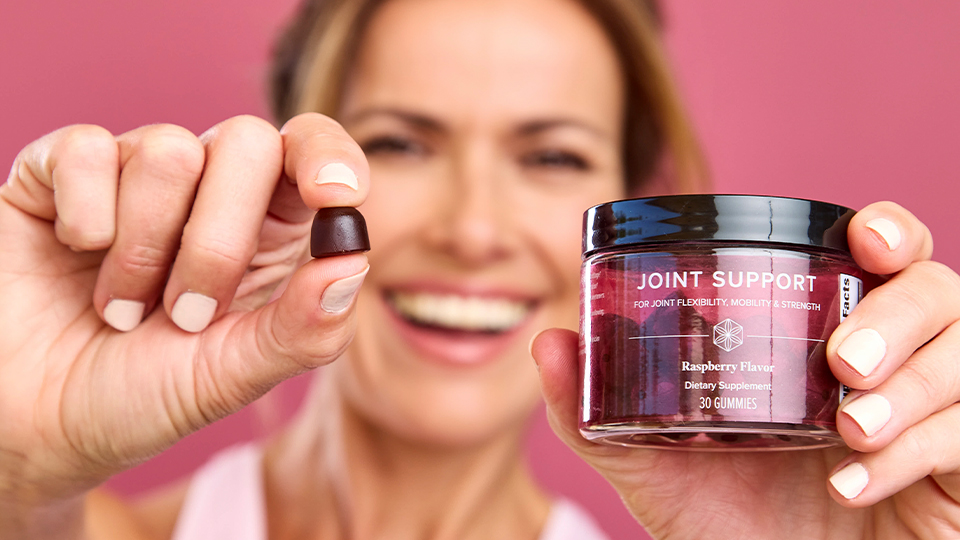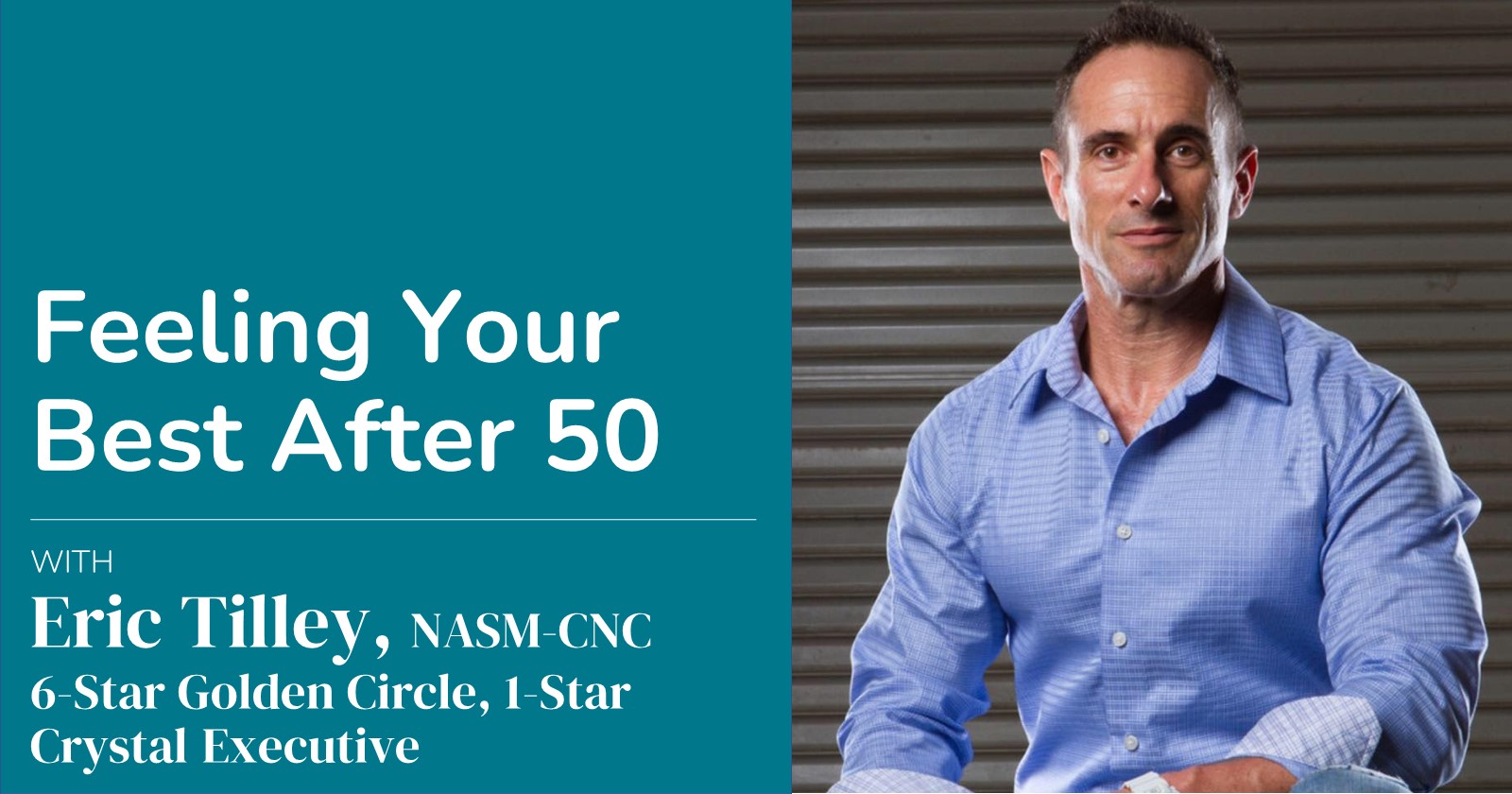Make HIIT a HIT in your training program.
While keeping your cardio training at a steady heart rate is key to training for events like a marathon, there are other training benefits to be gained from high intensity interval training or simply “HIIT.”
Here are some reasons why you should be including it in your training regime:
1. HIIT Keeps Your Metabolism BLAZING
As long as you aren’t doing excessive amounts every day, HIIT will increase metabolism and keep it elevated far more than standard cardio. In one study, metabolism was three-fold higher than a regular steady-state workout (1). In fact, a study that investigated seven HIIT sessions over two weeks found significantly higher fat burning ability in moderately active women (2). For those short on time, this offers a great way to burn maximal calories and keep the fat burning furnace high.
2.HIIT Makes Mundane Cardio Interesting
Unlike traditional cardio, where you would have to increase your workout times, HIIT workouts can be full of variety. Some examples:
- Add more intervals
- Increase the resistance
- Increase the speed or pedaling frequency if on a bike
- Decrease rest times
- Use kettlebells, the pool, hills outside, or even push a sled
3. HIIT Improves Heart Health
A study in patients with lifestyle-induced cardiovascular disease, published in the British Journal of Sports Medicine, reported that “HIIT significantly increases CRF [cardio-respiratory fitness] by almost double that of MICT [moderate-intensity continuous training] in patients with lifestyle-induced chronic diseases” (3).
4. HIIT Aids in Blood Sugar Control
HIIT can burn through substantial carbohydrate stores in the body known as glycogen in a very short time. When adjusted properly HIIT has very potent effects on the expression of the anti-diabetic, anti-obesity, and anti-metabolic enzymes and messengers more than any other form of exercise (4). HIIT has been shown to have superior effects on blood sugar control even in young and healthy people (5).
5. HIIT is a Time Saver
Leading exercise scientist Glenn Gaesser is a proponent of HIIT and notes, “HIIT may prove to be a good example where less can be more” (6). Even a few sessions of HIIT for two weeks has been shown to increase muscle oxidative capacity and improve exercise metabolism (7). Basically, short workouts will increase your daily energy expenditure to a similar degree that very long steady-state cardio workouts would (8).
6. HIIT Stops Food Cravings
Longer steady-state cardio has been associated with increases in appetite, hunger, and food intake (9). However, there is good evidence that intensity can help minimize exercise-induced food cravings (9). Beneficial effects of high-intensity interval training on appetite, hunger, and amount of food eaten have been reported (10; 11). For instance, in a study recently published in the American Journal of Clinical Nutrition, researchers noted that high-intensity exercise “increases neural responses in reward-related regions of the brain in response to images of low-calorie foods and suppresses activation during the viewing of high-calorie foods” (12).
Where to Start?
As you should before beginning any exercise regimen, get your doctor’s okay before beginning HIIT. Then, if you’re new to HIIT, start off simple and adjust as you go. Try by replacing a couple of your regular cardio workouts a week with a 20- to 30-minute HIIT workout including a warmup and cool-down period. Sprints on the recumbent bike are a great place to start. Warm up for three-to-five minutes at a steady pace. Then do 30 seconds to a minute at a high intensity where you increase the resistance and pedaling frequency. Next, follow it up with an active rest period for double or up to six times the time of the exercise—that’s a one-to-two work-to-rest ratio all the way up to a one-to-six work-to-rest ratio. For example, you could sprint for 30 seconds and walk for 60 seconds using a one-to-two ratio. As you get more advanced, you can be more adventurous by using hill sprints outdoors or even the swimming pool.
References
- Townsend JR, Stout JR, Morton AB et al. Excess Post-Exercise Oxygen Consumption (EPOC) Following Multiple Effort Sprint And Moderate Aerobic Exercise. Kineziologija 2013;45:16-21.
- Talanian JL, Galloway SD, Heigenhauser GJ, Bonen A, Spriet LL. Two weeks of high-intensity aerobic interval training increases the capacity for fat oxidation during exercise in women. Journal of Applied Physiology 2007;102:1439-47.
- Weston KS, Wisloff U, Coombes JS. High-intensity interval training in patients with lifestyle-induced cardiometabolic disease: a systematic review and meta-analysis. British journal of sports medicine 2014;48:1227-34.
- Gurd BJ, Perry CG, Heigenhauser GJ, Spriet LL, Bonen A. High-intensity interval training increases SIRT1 activity in human skeletal muscle. Applied Physiology, Nutrition, and Metabolism 2010;35:350-7.
- Trapp EG, Chisholm DJ, Freund J, Boutcher SH. The effects of high-intensity intermittent exercise training on fat loss and fasting insulin levels of young women. International journal of obesity 2008;32:684-91.
- Gaesser GA, Angadi SS. High-intensity interval training for health and fitness: can less be more? Journal of Applied Physiology 2011;111:1540-1.
- Gibala MJ, McGee SL. Metabolic adaptations to short-term high-intensity interval training: a little pain for a lot of gain? Exercise and sport sciences reviews 2008;36:58-63.
- Skelly LE, Andrews PC, Gillen JB, Martin BJ, Percival ME, Gibala MJ. High-intensity interval exercise induces 24-h energy expenditure similar to traditional endurance exercise despite reduced time commitment. Applied Physiology, Nutrition, and Metabolism 2014;39:845-8.
- Deighton K, Stensel DJ. Creating an acute energy deficit without stimulating compensatory increases in appetite: is there an optimal exercise protocol? Proceedings of the Nutrition Society 2014;73:352-8.
- Alkahtani SA, Byrne NM, Hills AP, King NA. Acute interval exercise intensity does not affect appetite and nutrient preferences in overweight and obese males. Asia Pacific journal of clinical nutrition 2014;23:232.
- Martins C, Stensvold D, Finlayson G et al. Effect of moderate-and high-intensity acute exercise on appetite in obese individuals. Medicine and science in sports and exercise 2015;47:40-8.
- Crabtree DR, Chambers ES, Hardwick RM, Blannin AK. The effects of high-intensity exercise on neural responses to images of food. The American journal of clinical nutrition 2014;99:258-67.





